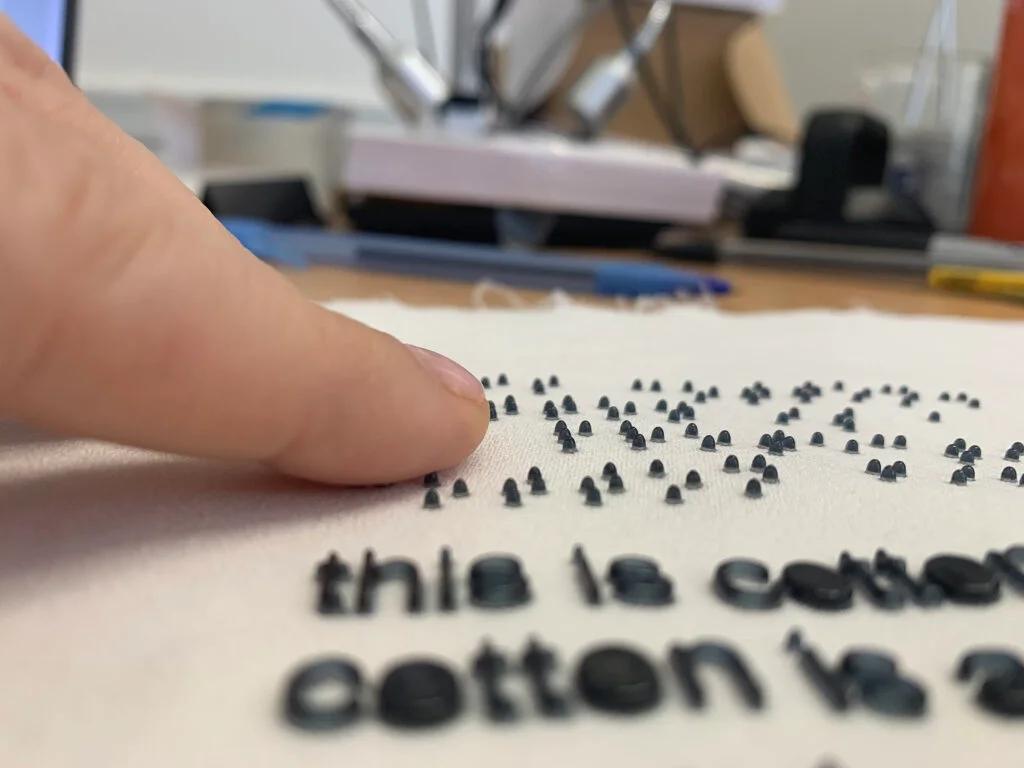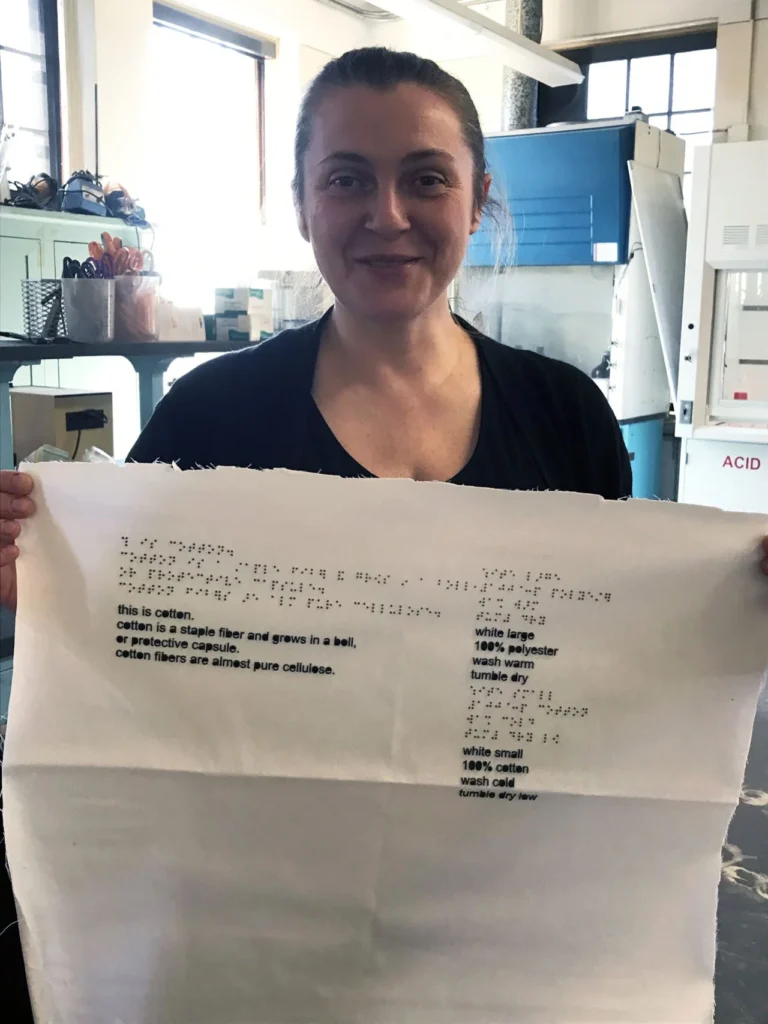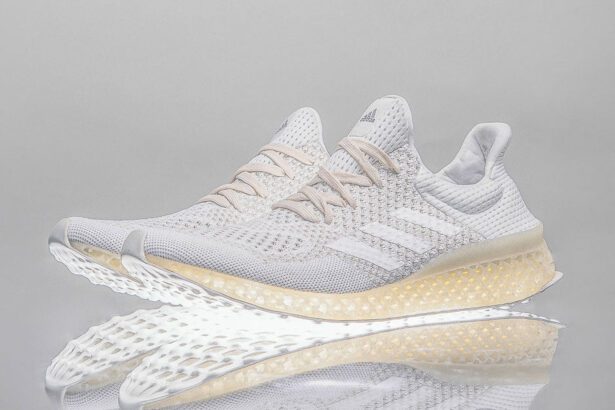More than 1.1 billion individuals globally experience some degree of visual impairment, making everyday activities—such as shopping for clothes—quite challenging. Traditional apparel tags typically provide information only in print, leaving many visually impaired consumers without the critical details they require.
What Are Braille Clothing Tags?
Dr. Izabela Ciesielska-Wrobel, an Assistant Professor at the University of Rhode Island, is leading the development of braille clothing tags. By harnessing advanced 3D polyjet printing technology, she produces minute, tactile braille dots on clothing tags. These raised markers convey essential details like size, color, and care instructions, enabling users to retrieve information through touch.
Source: URI News

How Braille Clothing Tags Work
Utilizing cutting-edge 3D printing, the braille dots are applied directly onto fabric labels. The resulting braille clothing tags are designed to be durable—withstanding multiple laundering cycles—and are compatible with most types of fabric (with the exception of some particularly fuzzy materials). This innovative approach ensures that tactile labels are both reliable and user-friendly in daily applications.
Survey Insights on Braille Clothing Tags
Recent surveys have highlighted that many visually impaired shoppers lack accessible clothing information. The majority of respondents reported that they do not currently use braille clothing tags, but nearly all agreed that incorporating such labels would greatly enhance their independence and confidence while shopping.

Future Directions for Braille Clothing Tags
Dr. Ciesielska-Wrobel plans to publish a comprehensive study detailing her research findings and is actively seeking additional funding to further refine this technology. Her next steps include distributing prototype braille clothing tags to collect user feedback, with the ultimate aim of establishing these tactile labels as a standard feature in the fashion industry.
The Broader Impact on Adaptive Fashion
This project is part of a wider movement toward adaptive fashion. For instance, major retailers are beginning to embrace accessible design.
- • Primark’s adaptive clothing range features innovative modifications like magnetic closures and hidden access points.
- • Similarly, innovative 3D-printed braille accessories—such as those showcased on Pinshape—are gaining popularity among consumers.
These examples underline the industry’s growing commitment to inclusive design.
About Dr. Izabela Ciesielska-Wrobel
Dr. Ciesielska-Wrobel is a specialist in textiles, fashion merchandising, and design at the University of Rhode Island. Her extensive international research experience fuels her passion for integrating emerging technologies into everyday fashion, thereby making products like braille clothing tags more accessible and user-friendly.
For more information or to schedule an interview, please contact:
- • Media Contact: Nicholas Phillips at 401-874-7892
- • Additional Source: URI News
Sources and Credits:
- • University of Rhode Island News: URI News
- • The Guardian: Primark Adaptive Clothing Range
- • Pinshape: 3D-Printed Braille Accessories




